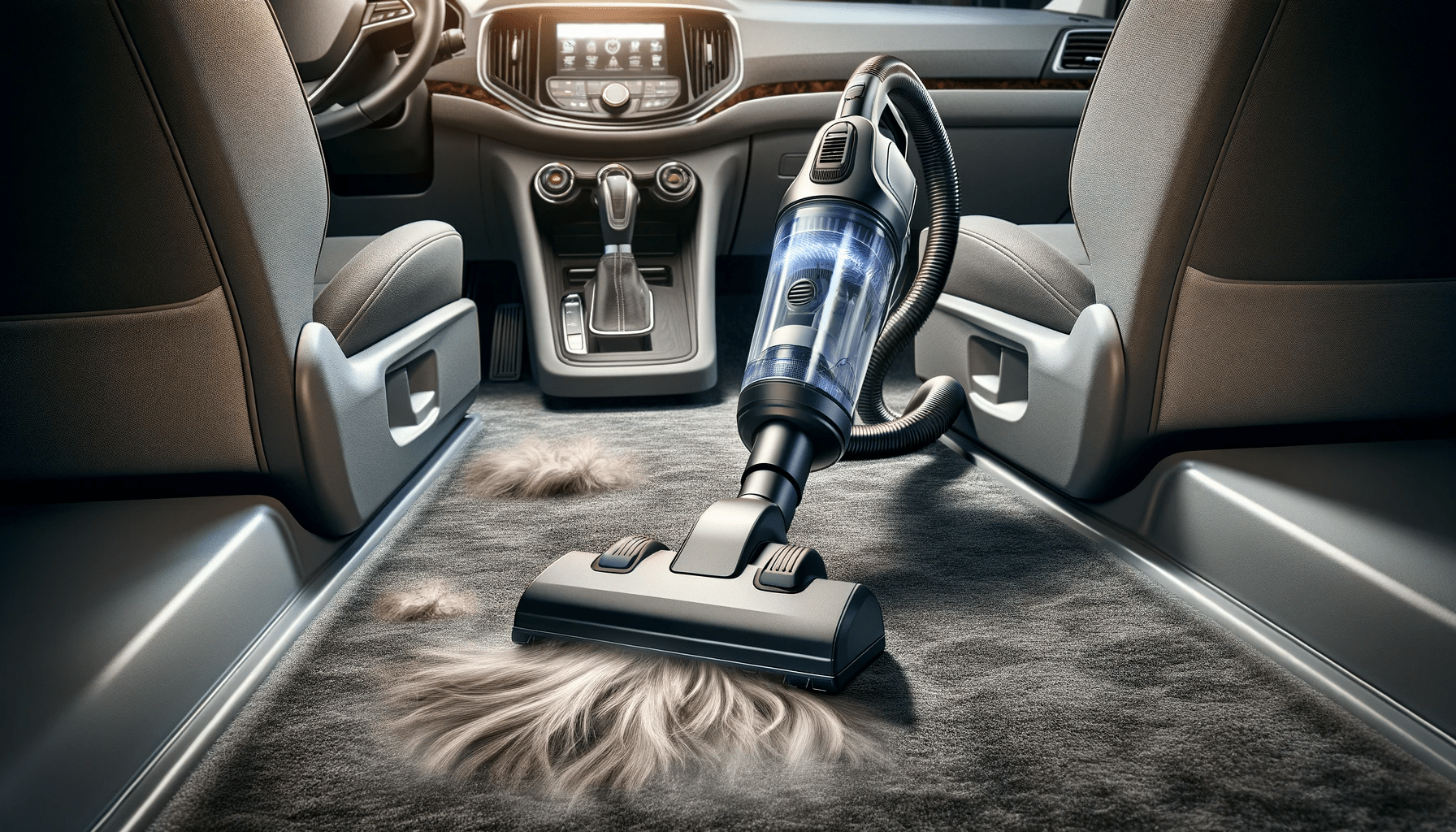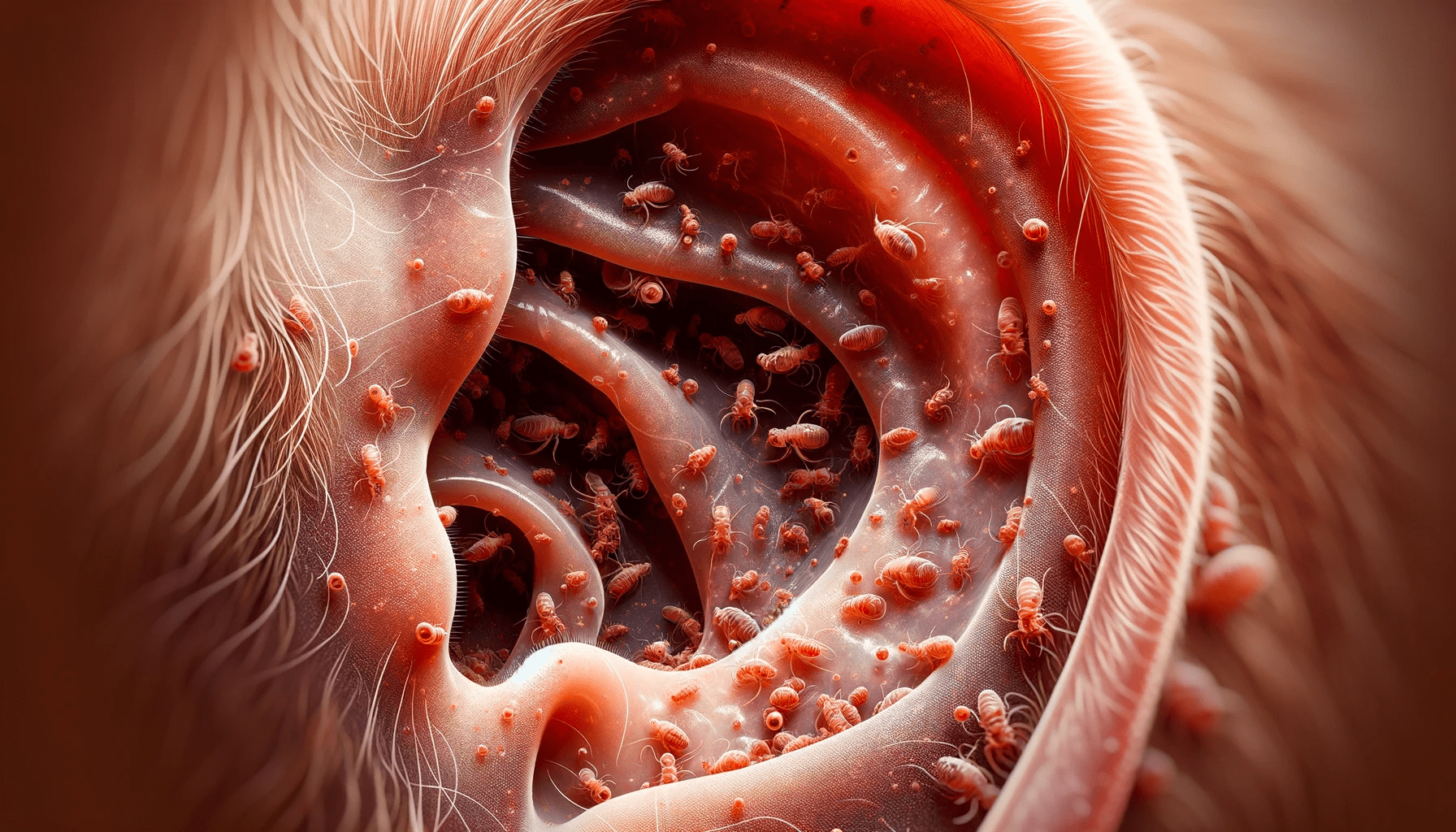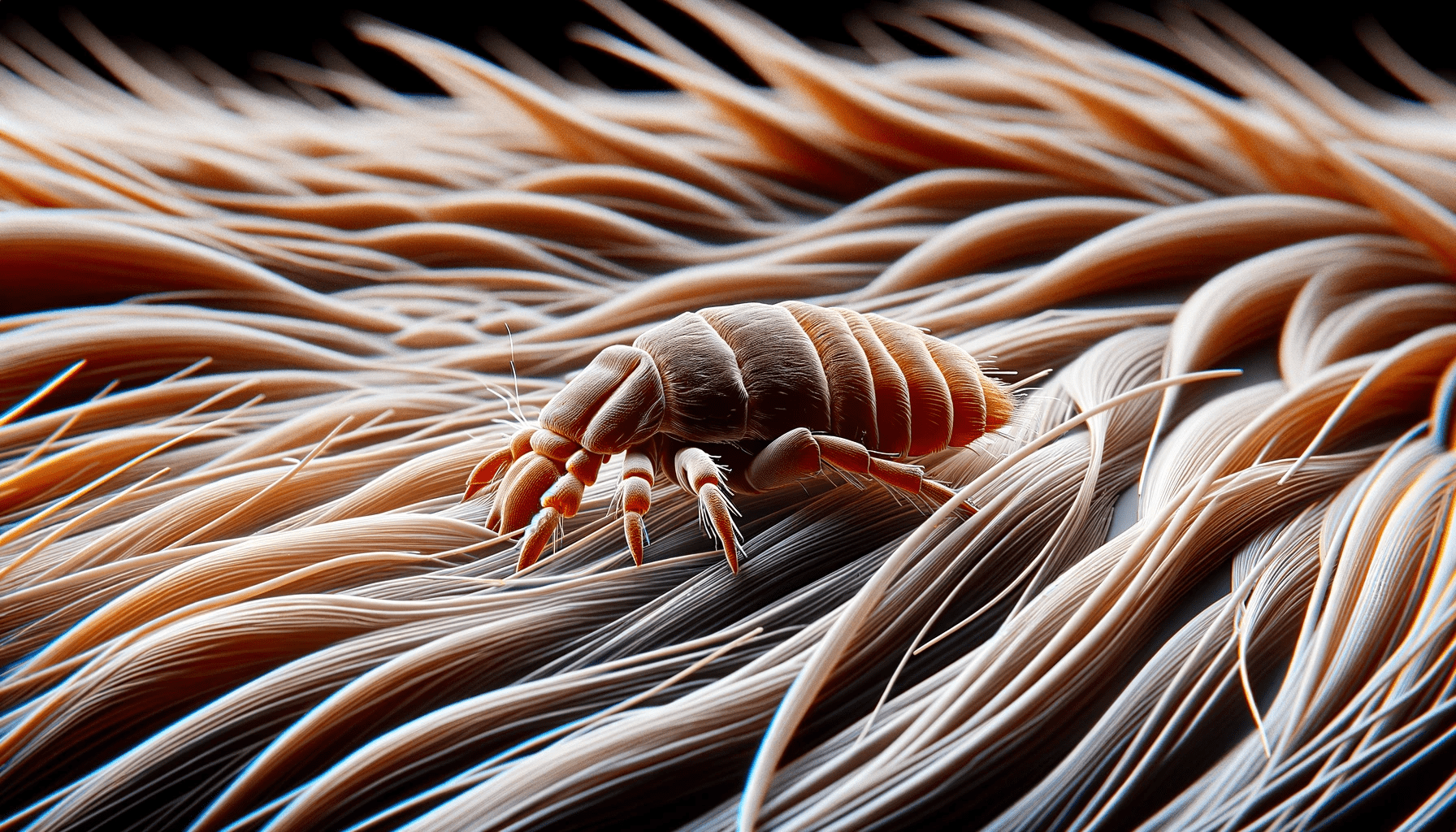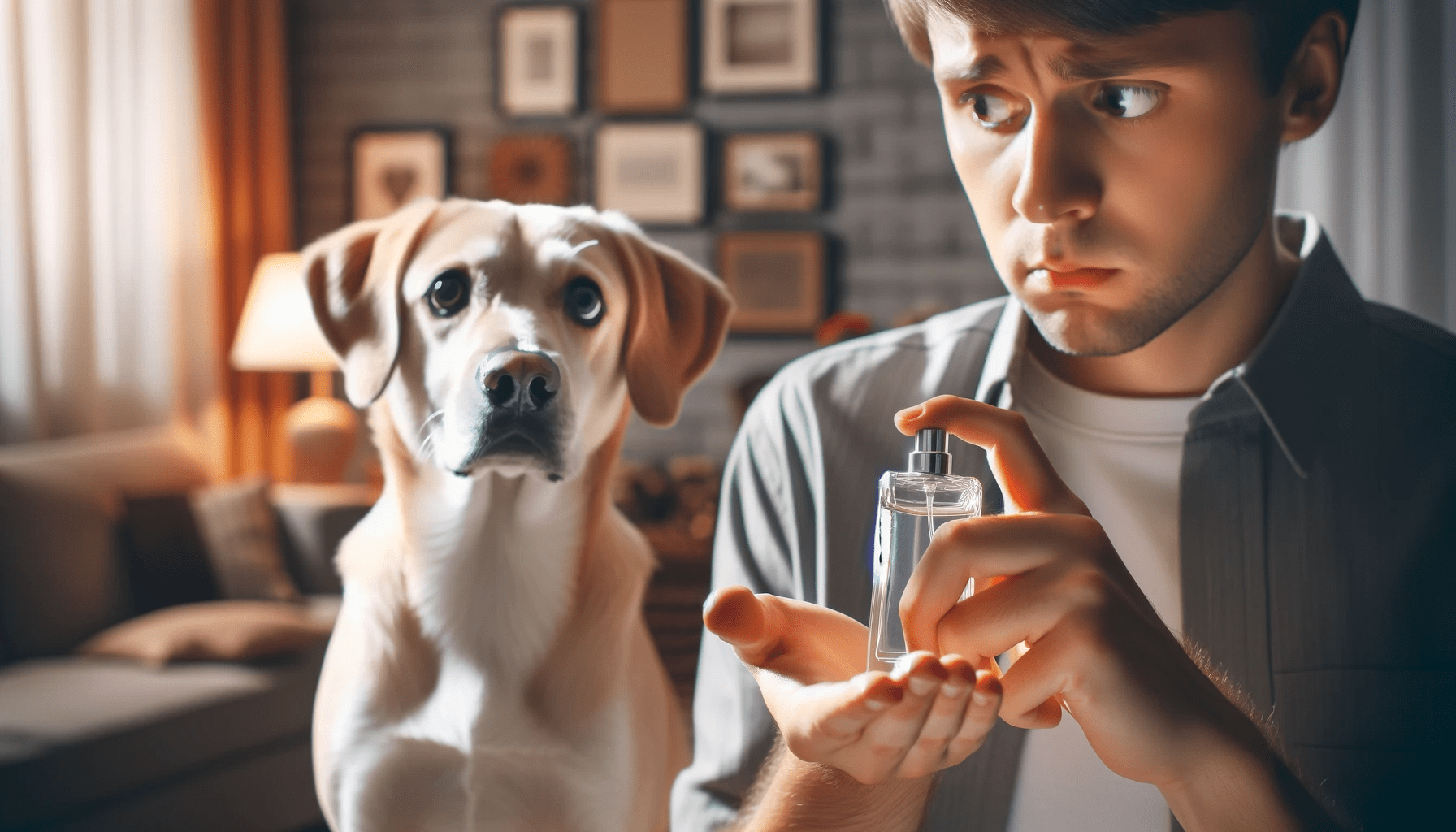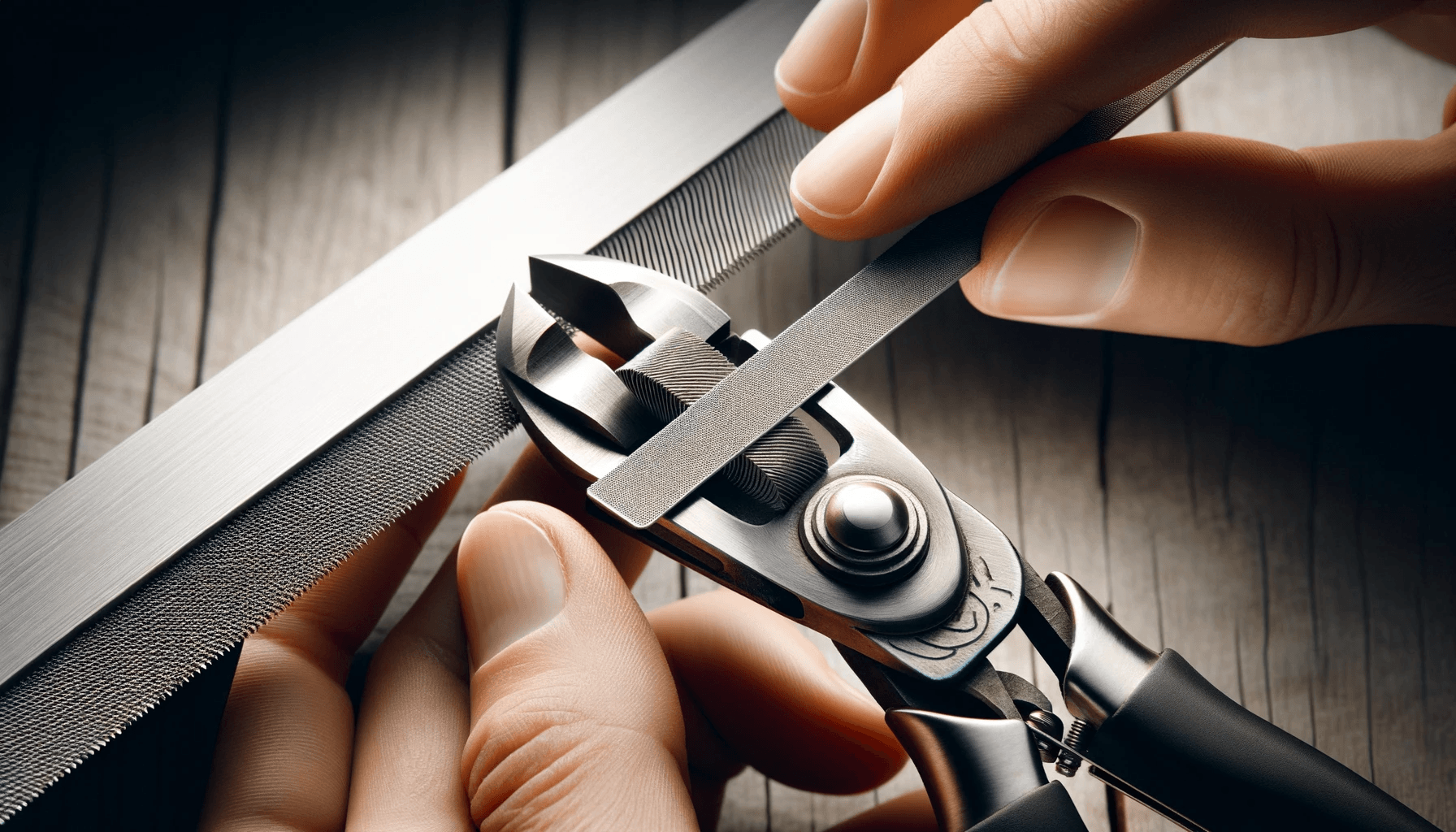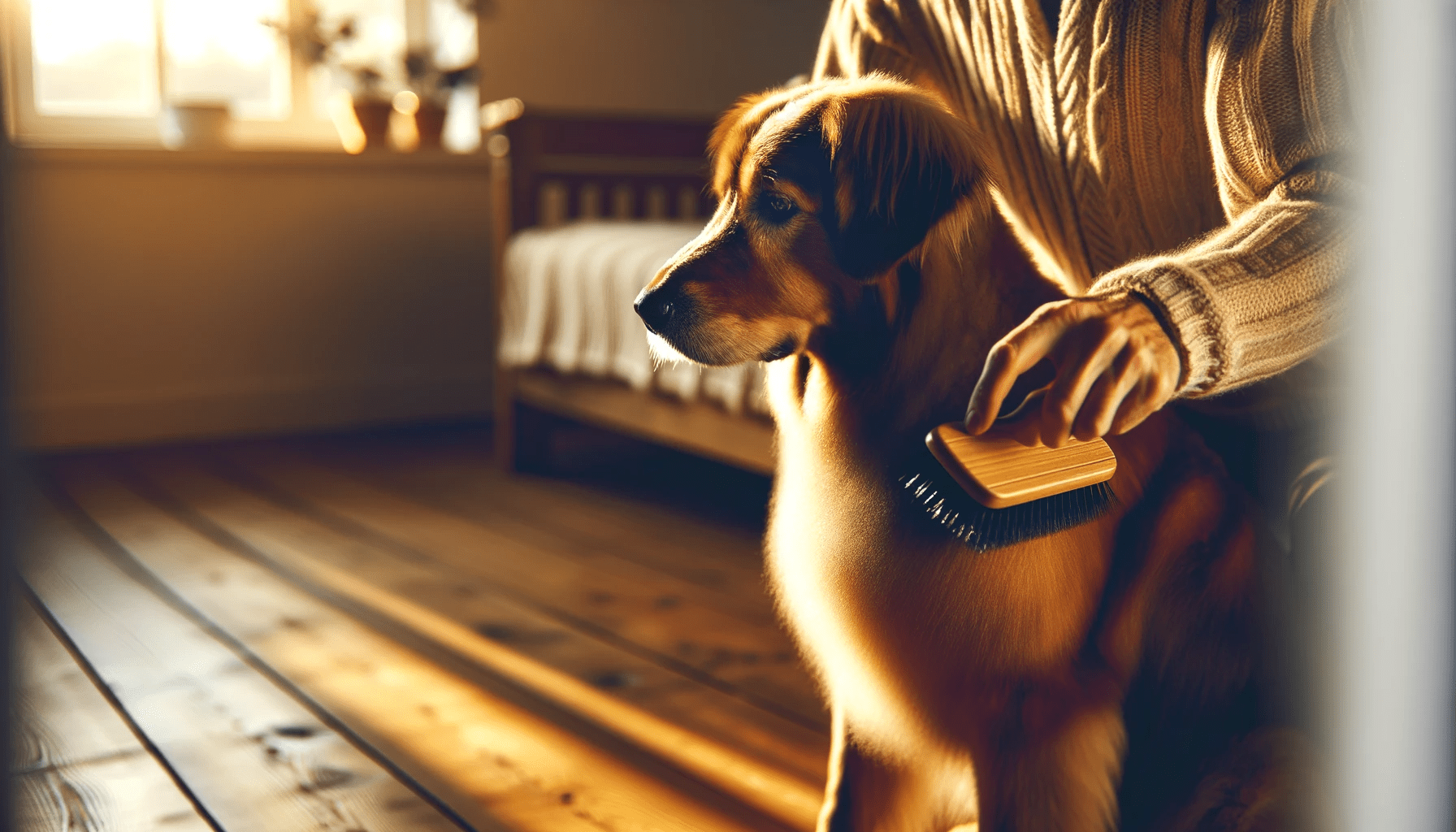Are you struggling to keep your senior dog looking and feeling their best?
In this ultimate guide, we'll show you the importance of grooming older dogs and how to meet their specific needs.
From understanding the right tools and products to a step-by-step grooming routine, we've got you covered.
We'll also address common challenges you may encounter and provide compassionate solutions.
Get ready to give your senior dog the care they deserve with our ultimate guide to grooming.
Key Takeaways
- Regular grooming is crucial for maintaining the health and well-being of older dogs.
- Understanding the specific needs of senior dogs, such as adjusting exercise routines and providing comfort in their living area, is important.
- Using the right tools and products, such as rounded tip grooming tools and senior dog formulas, can make grooming a more comfortable experience for senior dogs.
- Following a step-by-step grooming routine that includes brushing, nail trimming, ear cleaning, teeth brushing, and skin and coat monitoring is essential for senior dogs.
Importance of Grooming Older Dogs
Grooming is crucial for maintaining the health and well-being of your aging canine companion. As your dog gets older, their grooming needs may change, but the benefits of regular grooming remain just as important. Regular grooming not only keeps your senior dog looking and smelling their best, but it also helps prevent various health issues and promotes their overall well-being.
One of the key benefits of regular grooming for senior dogs is preventing matting and skin problems. As dogs age, their skin becomes more sensitive and prone to irritation. Regular brushing helps remove loose hair, prevents tangles and matting, and stimulates blood flow to the skin. This can reduce the risk of skin infections and hot spots.
Another benefit of grooming older dogs is maintaining their mobility. As dogs age, they may develop arthritis or other joint issues. Regular grooming, including nail trims, helps prevent their nails from growing too long. Long nails can cause discomfort and affect their ability to walk properly. Keeping their nails short and well-maintained can alleviate any pain or difficulty they may experience while walking.
To make grooming a positive experience for your older dog, it's important to be patient and understanding. Start by introducing grooming gradually and in short sessions. Use positive reinforcement, such as treats or praise, to reward them for good behavior during grooming. Choose a quiet and comfortable grooming area, and use gentle and soothing techniques, such as soft brushes or massage, to make the experience pleasant for your senior dog.
Understanding the Specific Needs of Senior Dogs
To effectively care for your senior dog, it's important to understand their specific needs as they age. As your furry friend enters their golden years, their nutritional requirements and exercise routines may change. Here are some key points to consider:
- Nutritional requirements: As dogs age, their metabolism slows down, and they may become less active. This means they require fewer calories to maintain a healthy weight. It's crucial to feed them a balanced diet that's appropriate for their age and size. Consider switching to a senior dog food formula that's specifically designed to meet the nutritional needs of older dogs.
- Exercise routines: While exercise is still essential for senior dogs, it's important to adjust their routines to accommodate their changing physical abilities. Low-impact activities like leisurely walks or swimming can help keep their joints limber and their muscles strong without putting too much strain on their bodies. Regular exercise also helps to maintain their mental and emotional well-being.
- Regular veterinary check-ups: As dogs age, they become more susceptible to age-related health issues. Regular check-ups with your veterinarian can help catch any potential problems early on and ensure your senior dog receives the necessary medical care.
- Comfort and safety: Pay attention to your senior dog's comfort and safety. Provide them with a warm and comfortable bed, and make sure their living area is free from hazards that could cause accidents or injuries.
Tools and Products for Grooming Senior Dogs
As your senior dog ages, it's important to regularly groom them using the appropriate tools and products to maintain their health and well-being. When it comes to grooming senior dogs, safety should always be a top priority. To ensure their comfort and minimize any potential injuries, consider using grooming tools with rounded tips or blunt edges. This will help prevent accidental cuts or scratches on their sensitive skin. Additionally, make sure to choose products that are specifically formulated for senior dogs. These products are often gentler on their aging skin and coat, reducing the risk of irritation or allergies.
When grooming older dogs, it's recommended to use techniques that are less stressful and more comfortable for them. For example, if your senior dog has joint pain or arthritis, opt for a grooming table with a non-slip surface to provide stability and reduce the risk of falls. Brushing is an essential part of grooming senior dogs, as it helps to remove loose fur, prevent matting, and stimulate blood circulation. However, be gentle and use a soft-bristled brush to avoid any discomfort.
It's also important to pay special attention to their ears, teeth, and nails. Regularly check and clean their ears to prevent infections, brush their teeth to maintain oral hygiene, and trim their nails carefully to prevent overgrowth and discomfort.
Step-By-Step Grooming Routine for Older Dogs
To begin the grooming routine for your older dog, start by gently brushing their coat to remove loose fur and stimulate blood circulation. This step is crucial for maintaining a healthy coat and preventing matting. Use a brush specifically designed for your dog's coat type to ensure effective grooming.
Here are the different grooming techniques you should incorporate into your routine:
- Trim their nails: As dogs age, their nails tend to grow longer and thicker. Regular nail trims are essential to prevent discomfort and potential injuries. Be cautious when trimming, as older dogs may have sensitive nails.
- Clean their ears: Older dogs are more prone to ear infections due to decreased immunity and wax buildup. Gently clean their ears using a vet-approved ear cleaner and cotton balls. Avoid inserting anything deep into the ear canal.
- Brush their teeth: Dental hygiene is crucial for senior dogs to prevent gum disease and tooth loss. Use a dog-friendly toothbrush and toothpaste to brush their teeth regularly.
- Monitor their skin and coat: Older dogs may develop dry, itchy skin or develop lumps and bumps. Regularly check their skin and coat for any abnormalities and consult your vet if you notice anything concerning.
Dealing with anxiety during grooming is essential for your dog's comfort. Create a calm environment, use positive reinforcement, and take breaks if needed. Remember to be patient and understanding throughout the grooming process. Your older dog will appreciate your care and attention.
Addressing Common Grooming Challenges in Senior Dogs
Now let's address some common grooming challenges you may encounter when caring for your senior dog. As your dog ages, their skin becomes more sensitive and prone to dryness. It's important to be gentle when grooming to avoid causing any discomfort or irritation. Use a moisturizing shampoo specifically formulated for senior dogs to help keep their skin hydrated. Additionally, regular brushing can stimulate the production of natural oils, which will help keep their skin healthy.
Another challenge you may face is managing arthritis during grooming. Arthritis is common in older dogs and can make it difficult for them to move around comfortably. To accommodate their needs, consider using a grooming table that's low to the ground or using a non-slip mat to provide stability. Take breaks during the grooming process to allow your dog to rest and stretch their joints. It's also helpful to use soft brushes or grooming tools to minimize any discomfort or pain.
Frequently Asked Questions
Can I Use the Same Grooming Products on My Senior Dog as I Do on My Younger Dog?
Yes, you can use the same grooming products on your senior dog as you do on your younger dog. However, keep in mind that there may be differences in grooming senior and younger dogs due to their specific needs and conditions.
How Often Should I Groom My Senior Dog?
To keep your senior dog looking and feeling their best, it's important to groom them regularly. However, take into account their arthritis and adjust the frequency accordingly. Here are some tips to make grooming easier for them.
Are There Any Specific Grooming Techniques I Should Use for My Senior Dog's Sensitive Skin?
When grooming your senior dog with sensitive skin, there are specific techniques you should use. Be gentle and use mild shampoos and conditioners. Look for grooming products specifically made for senior dogs with sensitive skin for the best results.
How Can I Prevent My Senior Dog From Getting Anxious or Stressed During Grooming Sessions?
To keep your senior dog calm and relaxed during grooming sessions, try these tips: create a calm environment, use gentle handling and soothing words, take breaks if needed, and reward with treats.
Are There Any Grooming Tips or Tricks Specifically for Senior Dogs With Mobility Issues?
To make grooming sessions comfortable for your senior dog with mobility issues, try these grooming tips: use a non-slip surface, provide support with a harness or sling, groom in shorter sessions, and be gentle and patient.
Conclusion
In conclusion, grooming plays a crucial role in maintaining the health and happiness of senior dogs. By understanding their specific needs and using the right tools and products, you can ensure that their grooming routine is effective and enjoyable.
Addressing common grooming challenges with patience and compassion will help your senior dog feel comfortable and cared for. Remember, regular grooming not only keeps your dog looking their best, but it also promotes their overall well-being as they age.

